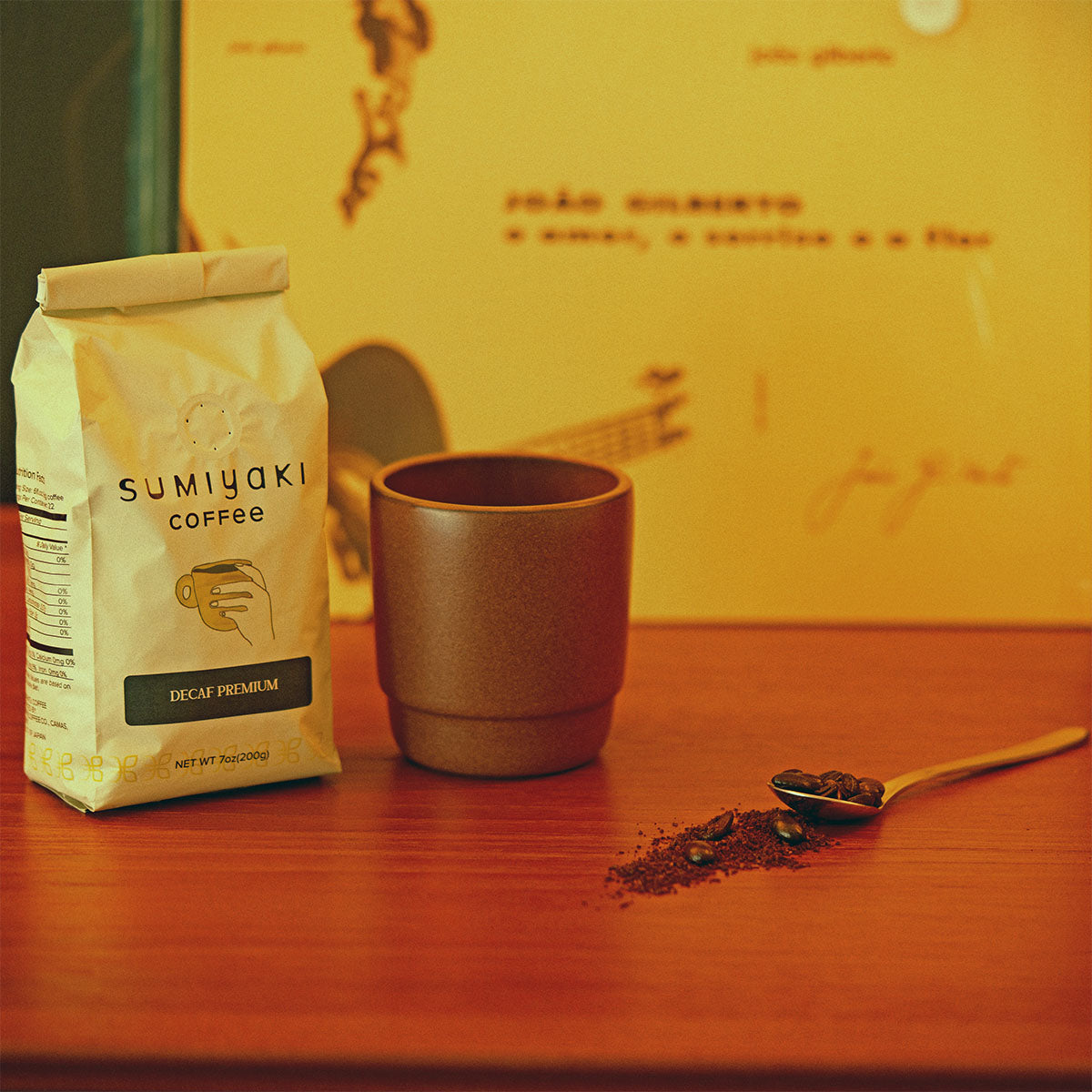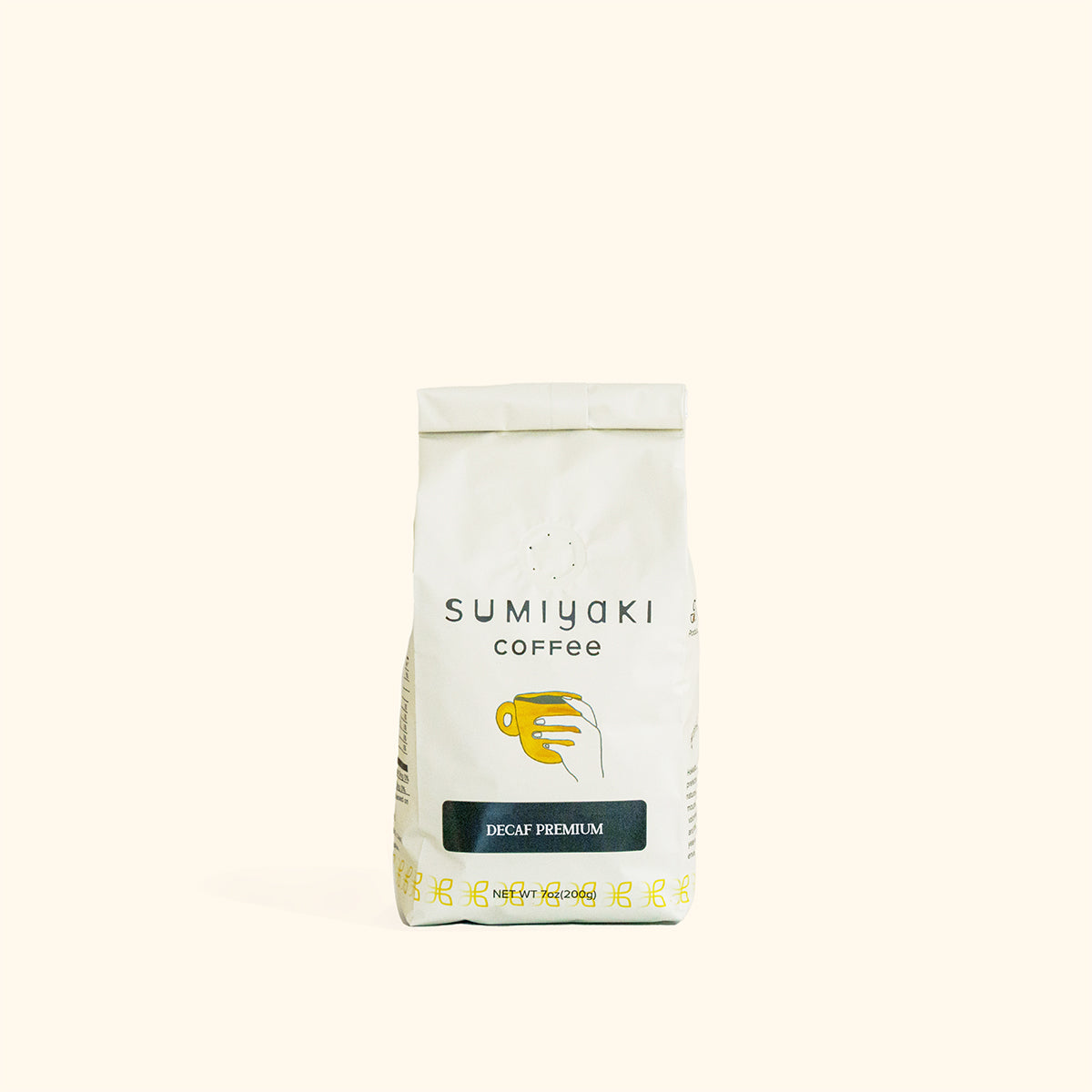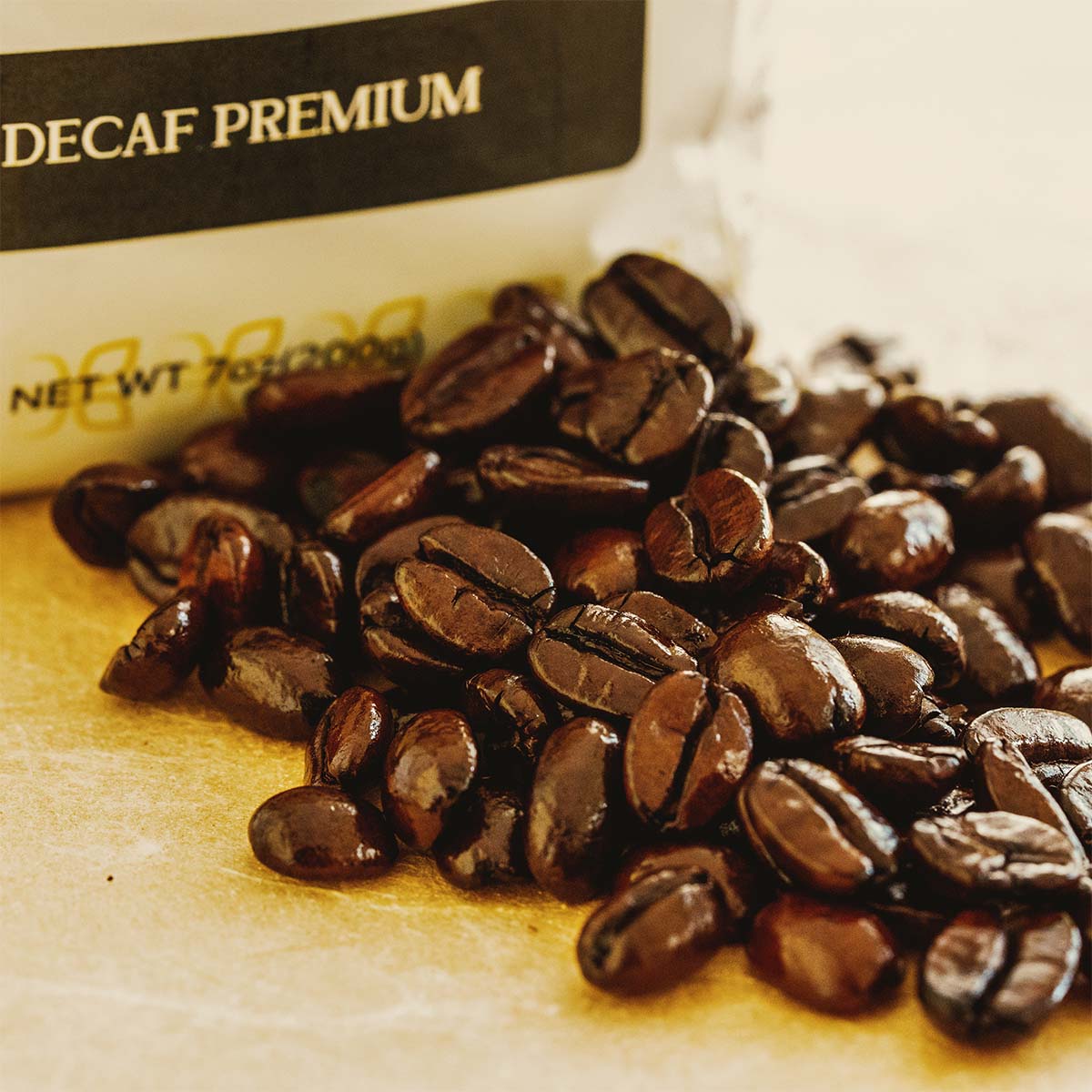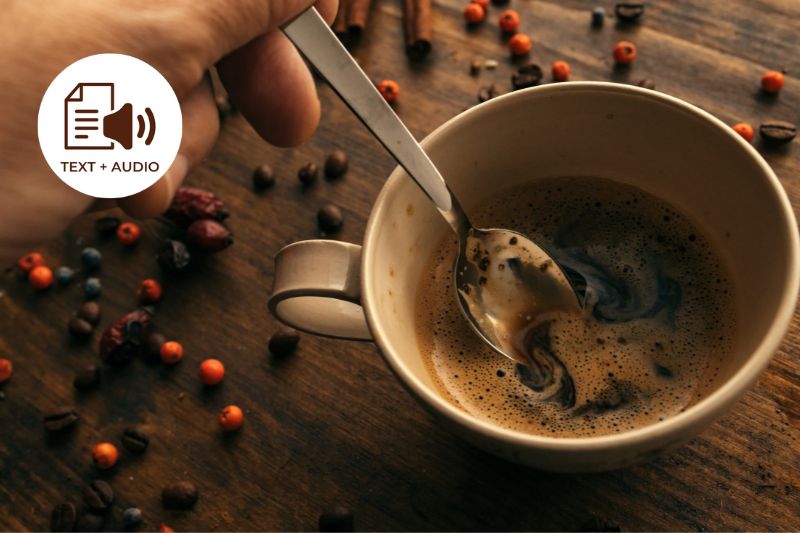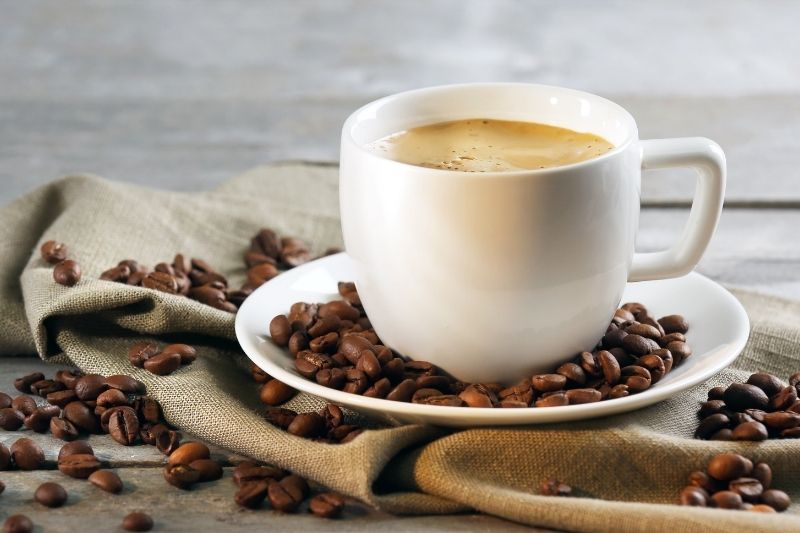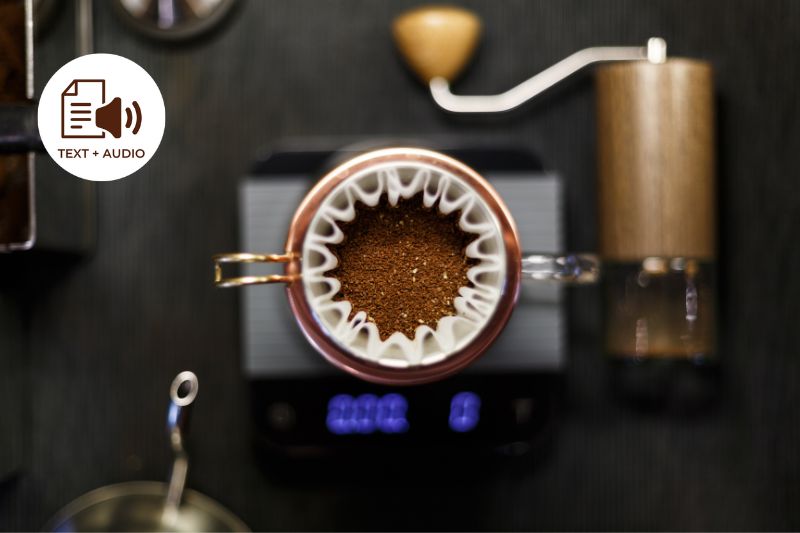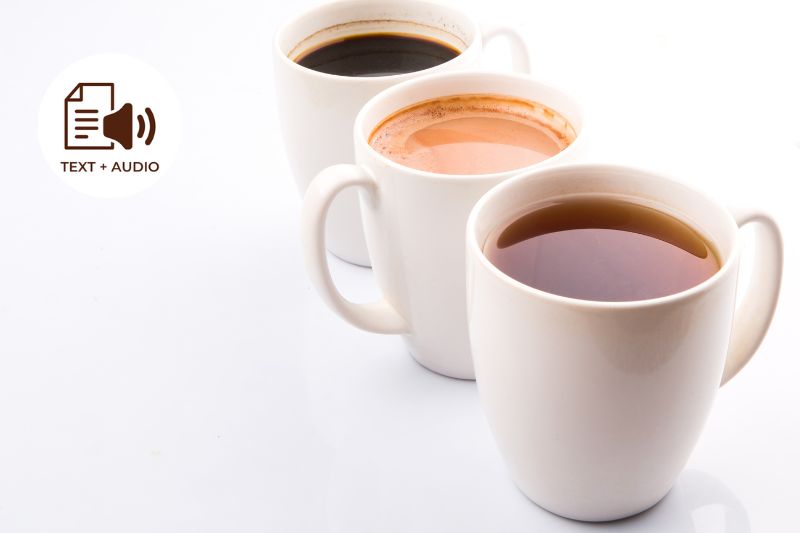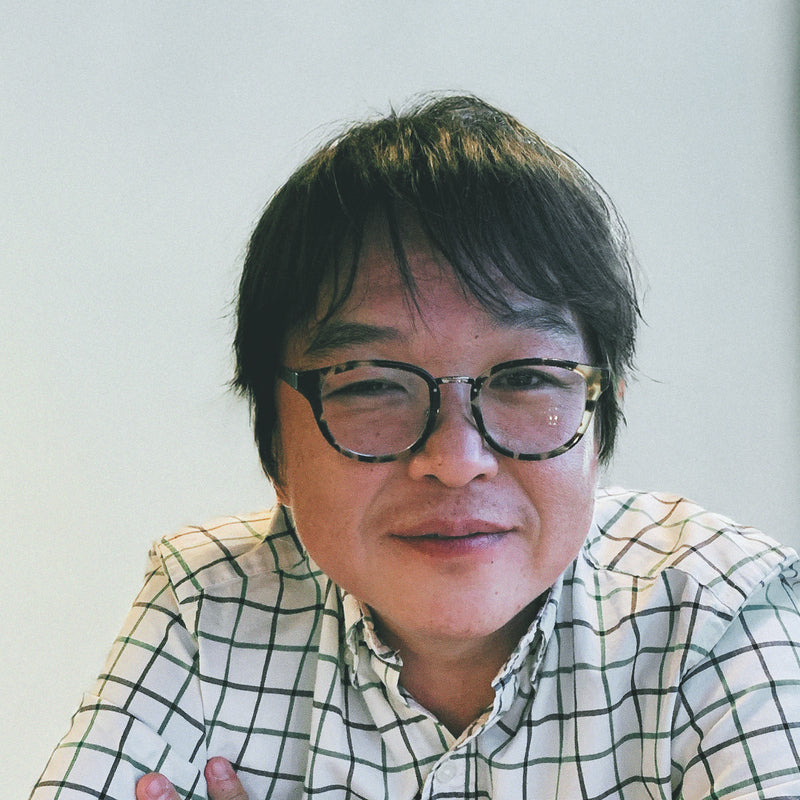Our Premium Decaf Coffee – The Unique Decaffeination Process that makes it stand apart from the rest
Decaf Coffee is gaining momentum
The fascinating world of coffee keeps on evolving every day, and one major part of the global coffee scene that is garnering attention, adoration, and serious efforts for improvements by coffee specialists and researchers is “Decaf Coffee”.
Until recently, the common image associated with decaffeinated coffee has been one of functionality rather than luxury. It has existed solely as a caffeine-free substitute for “real coffee” and many would regard decaf coffee as an “inferior” or “fake” version of the original coffee. For example, we can have versions of cigarettes that are “smoke-free or tar-free”, and alcoholic beverages that are “alcohol-free” or “calorie-off”. But you would not expect a “non-alcohol beer” to be as delicious and satisfying as your favorite right-out-of-the-tap craft beer, right? Just like that, not much has been expected in terms of taste, aroma, and flavor from decaffeinated coffee. Until now….
 Decaffeinated - Premium Blend Coffee (Colombia, Brazil, Ethiopia)
Decaffeinated - Premium Blend Coffee (Colombia, Brazil, Ethiopia)
With the rise of health and dietary consciousness all over the world, the demand for caffeine-free coffee is growing at a rate faster than ever before and some coffee specialists are pouring their blazing passion into revolutionizing the image of decaf coffee from an inferior alternative to a premium coffee that tastes and smells as good as the original coffee. Notable among these pioneers is “Sapporo Coffee Kan”- a Japanese charcoal coffee roasting company from the northernmost region of Japan.
Before we go into the intriguing story of how Sapporo Coffee Kan is changing the specialty decaffeinated coffee scene, let’s take a quick look into how popular our decaf coffee is in Japan these days, as it will help us understand the significance of Sapporo Coffee Kan’s work on improving the decaf coffee.
Our Premium Decaf Coffee – Making Headlines and Adored by Specialty Coffee Drinkers
Keeping up with the global health phenomenon, Japanese consumers are attracted more and more toward healthier versions of dietary products with every passing day. Even large manufacturing and brewing companies like Asahi and Suntory are mass producing their popular coffee and alcoholic products in caffeine-free and alcohol-free versions. According to the All Japan Coffee Fair Trade Conference (AJCFT), a coffee product from which more than 90% of the caffeine has been removed can be labeled as “caffeine-less” or “decaffeinated".
According to statistics from the same organization, 2127 tons of raw coffee beans imported into Japan in 2015 were decaffeinated, which is 1.7 times higher compared to the amount that was decaffeinated in 2012!
However, one company that has been particularly vigilant and active in making high-quality decaf coffee products even before the general public and the big manufacturers in Japan caught up with the decaf coffee boom is Sapporo Coffee Kan. Sapporo Coffee Kan has been crafting and selling coffee from which more than 93% of the caffeine has been removed, since 2009.
Sapporo Coffee Kan’s President Hitoshi Ito has been dedicated to making decaf coffee that retains the original qualities of the coffee beans, and his single-minded dedication has created a premium quality decaf coffee that has the richness of taste, aroma, and flavor that is rare to find in usual decaf coffees.
Japanese News Article Featuring Jin Ito, Sapporo Coffee Kan About Premium Decaf Coffee (Click here to download the article)
Usually, the desirable qualities of coffee tend to be removed along with the caffeine during the decaffeination process. This is why President Ito of Sapporo Coffee Kan has searched far and wide to find a decaffeination process that keeps the originality of the coffee beans intact. He has finally found it in the coffee beans that he imports from Germany which have been decaffeinated using a rare and unique German decaffeination process.
He has been wanting to make delicious specialty coffee accessible to everyone – including coffee lovers who cannot consume caffeine, such as pregnant or breastfeeding mothers, people with insomnia, or people who are caffeine-intolerant. Sapporo Coffee Kan has also been supplying this decaf blend to other cafes in Japan where this decaf coffee has been used to make beverages and desserts (even tiramisu!) for years.
Another Japanese Newspaper Article Mentioning about this Decaf Coffee (Click here to download the article)
Some of the reviews from the loyal fan base of this coffee include “I would not have guessed this is decaf!” “I can enjoy this coffee without having to worry about the caffeine affecting my baby.” Sapporo coffee Kan’s Decaf coffee is so popular, it frequently appears in Hokkaido Shimbun, the biggest daily newspaper in the northern region of Japan.
And now, is the time for the big revelation: the rare decaffeination process that helped to actualize President Ito’s desire to create a decaf coffee with exceptionally high quality and taste – “Liquid Dicarboxylic Acid Caffeine Extraction”.
“CR3-Kaffeeveredelung M. Hermsen GmbH” - The German Company that decaffeinates our beans using its exclusive decaffeination process
Founded in 1970, CR3 is a company belonging to the Hermsen group, boasting a legacy spanning more than 80 years in providing caffeine extraction and raw coffee bean refinement services to different businesses in the coffee industry.

In 1988, they developed a novel decaffeination process, in which Liquid Dicarboxylic acid at a relatively low atmospheric pressure and temperature could be used to remove caffeine from raw coffee beans. The milder conditions of the process in terms of pressure and temperature helps the coffee beans to retain their original taste, richness, flavor, and aroma. Every year, the state-of-the-art facilities at CR3 can process 15,000 tons of coffee!
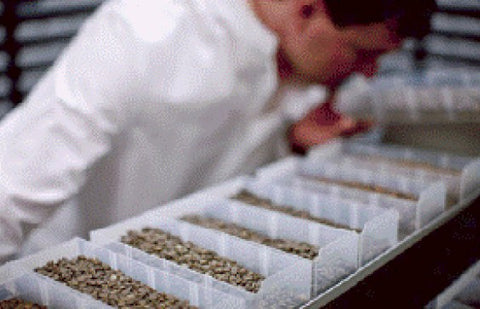
A Simplified Overview of the Process
When we are having the ultimate moment of bliss with a cup of our favorite coffee, we usually don’t think about the complex science, artistry, and hard work that make it possible for the cup of coffee to reach our hands. However, if you love coffee and want to know what makes our Decaf coffee so special then come along with us for a deep dive into the science of the process that makes it possible. Not only will this section make you a more knowledgeable Coffee-Guru but will also present you with some mind-blowing science behind the making of our excellent Decaf Coffee.
The Process:
First of all, the raw coffee beans are cleaned, first roughly, and then through a more refined cleaning process before it is ready for the caffeine extraction stage.
Then steam is used to increase the moisture content of the raw beans, which makes them expand as a result. These expanded beans are soaked in liquid dicarboxylic acid at atmospheric pressure of 65 – 70 bar, at a temperature of 20 – 25 °C. The fact that caffeine is extracted in these conditions that are not too harsh means the originality of the coffee will be protected but since the extraction is done using a long period of time (30 – 50 hours), it effectively removes the caffeine content of the coffee.

At the final stage, a vacuum pump at low atmospheric pressure is used to remove the moisture content within the coffee beans until it reaches a 10% moisture content.
This is how raw coffee beans with a caffeine content of less than 0.1% are created while maintaining all the good parts of the coffee beans such as the compounds that give it its rich taste.
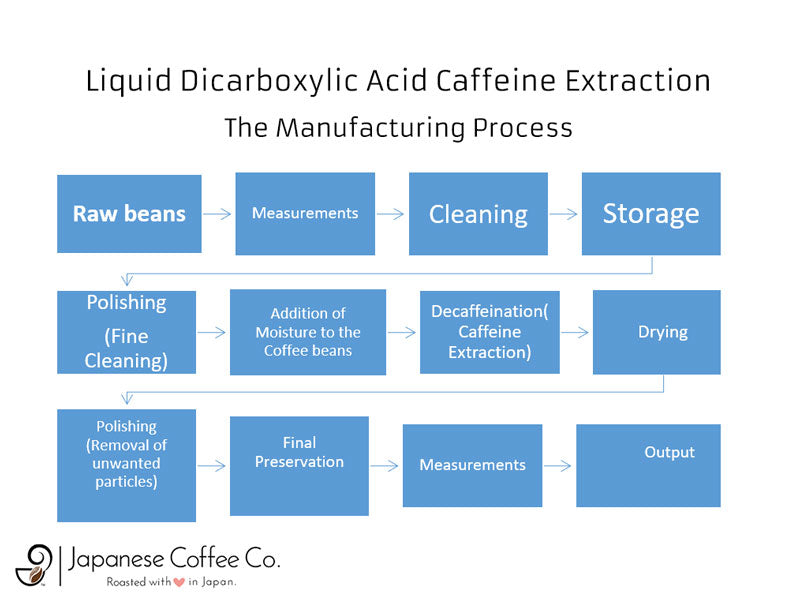
An Easy-to-Understand “Before & After Comparison” – What is Removed and What is Retained?
In the table below, we look at what happens to the different components of the raw coffee beans before and after the liquid dicarboxylic acid caffeine extraction process.
We look at three different types of coffee beans: Colombia, Brazil #2, and Mocha Sidamo G2.

- The moisture of the coffee beans is retained at around 10% - which is the desired standard.
- Caffeine content is removed for all of the types up to more than 90%, which means they can be all labeled as "caffeine-free" or "decaffeinated", according to the standards stipulated by the All Japan Coffee Fair Trade Conference (AJCFT).
- The components that are responsible for giving coffee the original flavors, taste, aroma, and flavors: 5- CQA Chlorogenic acid and the Lipids, are successfully retained up to more than 85% (Colombia – 88.5%, Brazil – 98.4%, Mocha Sidamo – 97.8 %).
- The high retention of 5-CQA and Lipid components of the coffee beans after the decaffeination process means when this coffee is roasted and brewed into a cup of coffee, it will be as flavorful, delicious, and rich as a coffee that has not undergone the decaffeination process.
The difference in visual appearance of regular and decaffeinated raw coffee beans
As you can see in the picture below, even though both are unroasted raw coffee beans, the decaffeinated and the normal raw beans look distinctively different from one another. The decaffeinated raw beans look much darker than the regular raw beans.

An Insightful Comparison - Liquid Dicarboxylic acid Caffeine extraction compared to other decaffeination methods
With all the other decaffeination methods available, which are probably cheaper, simpler, and more convenient, why do we still go the extra mile and choose the sophisticated Liquid Dicarboxylic Acid Caffeine Extraction Method as our decaffeination method, even though it means we have to import the beans all the way from Germany? If you take a look at the comparisons below, the answer will be clear to you as there is no doubt that this method is the best method when it comes to the successful preservation of the rich aroma and taste of the coffee.
Comparison 1 - Liquid Dicarboxylic Acid Caffeine Extraction Method (Our method of Choice):

Temperature: 23°C
Pressure: 65 bar
Time: 50 hours
A process that uses relatively lower temperature and pressure, and therefore is kinder to the raw coffee beans. The 5-CQA Chlorogenic acid and lipid contents of the coffee beans after the process is closest to the contents of the original coffee beans, and consequently, the taste and aroma of the decaffeinated coffee are the most similar to the original coffee.
Comparison 2 - Swiss Water Caffeine Extraction Process:



The general method used by giant companies in mass manufacturing decaf coffee products, especially instant decaf coffees, such as “Nestle Gold brand Caffeine-less” and “UCC caffeine-less”. Needless to say, the original taste and aroma of the coffee are completely lost.
Comparison 3 - Decaffeination Process Using Supercritical Carbon dioxide:

Temperature: 80 - 90°C
Pressure: 250 bar
Time: 8 - 12 hours
Supercritical (a state at which a distinct gas or liquid phase does not exist) Carbon dioxide Decaffeination Process is still a bit better than the Swiss water method at retaining the original taste of the coffee. However, due to the use of very high temperature and pressure, the majority of the components responsible for aroma and taste are lost.
Comparison 4 - Caffeine Extraction Using Organic Solvents (Such as Dichloromethane)

This method is forbidden in Japan.
Final words for our decaf lovers
As you can see, our premium decaf coffee blend has been perfected not only through careful selection of coffee beans and the exclusive Sumiyaki charcoal roasting method but also by a rare and exceptional decaffeination method which has been scientifically proven to be the best method for preserving the original traits of coffee while successfully removing caffeine contents. If you want to enjoy the true taste of coffee without having to worry about caffeine, now you know where to find it!
Get Free Bonus Books

Sign up for free to the Coffee Club to get advice and exclusive articles about how to choose Japanese Coffee, and tips, tricks, and recipes for enjoying Japanese coffee.
About the author
Kei Nishida
Author, CEO Dream of Japan
Certification: PMP, BS in Computer Science
Education: Western Washington University
Kei Nishida is a passionate Japanese tea and coffee connoisseur, writer, and the founder and CEO of Japanese Coffee Co. and Japanese Green Tea Co., both part of Dream of Japan.
His journey began with a mission to introduce the world to the unparalleled quality of Japanese green tea. Through Japanese Green Tea Co., he established the only company that sources premium tea grown in nutrient-rich sugarcane soil—an innovation that led to multiple Global Tea Champion awards.
Building on this success and his passion for Japanese craftsmanship, Kei expanded into the world of coffee, pioneering the launch of Japanese Coffee Co., the first company to bring Sumiyaki charcoal-roasted coffee to a global audience. His dedication to authenticity and quality ensures that this traditional Japanese roasting method, once a well-kept secret, is now enjoyed worldwide.
Beyond tea and coffee, Kei has also introduced Japan’s legendary craftsmanship to the world through Japanese Knife Co., making handmade katana-style knives—crafted by a renowned katana maker—available outside Japan for the first time.
Kei’s journey continues as he seeks out and shares the hidden treasures of Japan, one cup and one blade at a time.
Learn more about Kei




